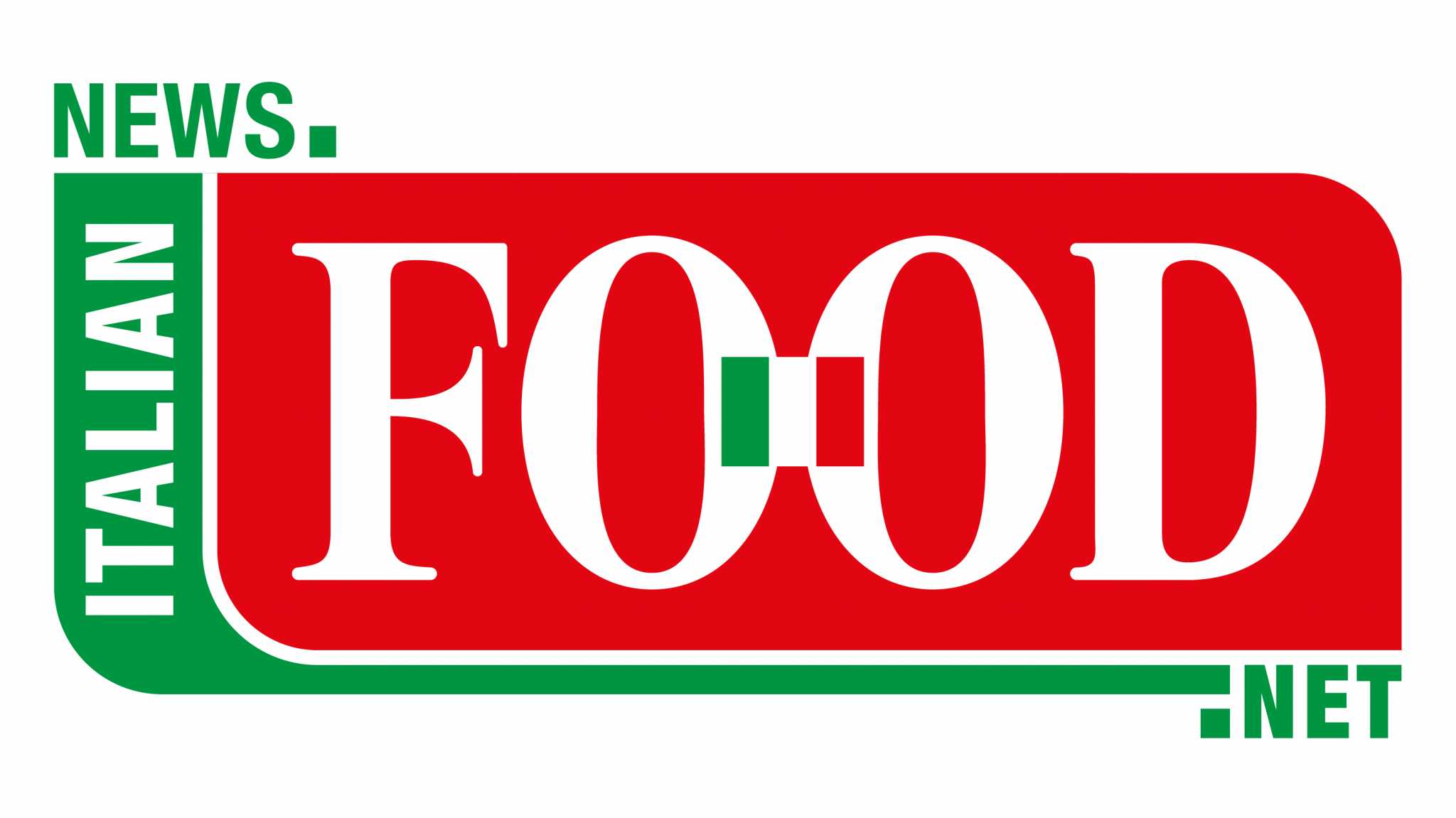
Italy’s agri-food districts have sustained robust export growth, with sales surpassing €21 billion in the first nine months of 2024—up 7.7% year-on-year at current prices.
According to the latest report from Intesa Sanpaolo’s Research Department, the sector’s performance aligns with overall Italian agri-food export growth (+8.2%), with districts accounting for 42.5% of total export value.
WINE SECTOR GAINS MOMENTUM AMONG ITALIAN AGRI-FOOD DISTRICTS
The wine-producing districts expanded exports to nearly €5 billion (+4.4%). However, the Langhe, Roero, and Monferrato districts saw a slight contraction (-1.6%). Verona’s wine exports surged (+9.6%), while Florence and Siena wines (+11%) and Prosecco from Conegliano-Valdobbiadene (+8%) posted strong gains.
PASTA AND CONFECTIONERY MAINTAIN UPWARD TREND
The pasta and confectionery segment continued its global expansion, reaching €3.6 billion (+7.6%). The Alba and Cuneo confectionery district contributed nearly €1.5 billion, while Verona’s sector outperformed with a 13% rise. The Parma district’s pasta and confectionery exports dipped (-2.7%), but preserved foods kept the overall balance positive (+1.9%).
AGRICULTURAL EXPORTS STRENGTHEN
Agricultural districts recorded €2.9 billion in exports (+5.4%). The Alto Adige Apple District led growth (+20%), while Romagna’s fruit and vegetable exports rebounded (+11.6%). However, the Piedmont hazelnut and fruit sector declined (-16%).
PRESERVED FOODS AND MEAT SECTOR SHOW MODEST GROWTH
Preserved food exports rose €112 million (+5%). Parma’s preserved foods sector led the way (+15.3%), while Nocera saw a moderate increase (+2%). The meat and cured meats sector edged up 3.1% (€59 million), with Verona (+4.6%), Alto Adige cured meats (+15.1%), and Parma’s salumi (+5.2%) driving gains.
DAIRY SECTOR EXPANDS, WITH REGIONAL VARIATIONS
Dairy exports climbed 5.2% (€95 million), spearheaded by Parma’s strong performance (+38.3%). Reggio Emilia also grew (+16.7%), while Sardinian dairy (-2%), Buffalo Mozzarella from Campania (-1%), and Southeast Lombardy (-2.2%) declined slightly.
COFFEE SECTOR ACCELERATES
Coffee exports rose 9.5%, with all three districts performing well. Turin’s coffee, confectionery, and chocolate sector led (€718 million, +7.7%), followed by Trieste (+15.4%) and Naples (+9.7%).
OLIVE OIL LEADS EXPORT GROWTH
Olive oil exports surged by €522 million (+52.4%). Tuscany’s sector contributed €389 million (+56%), while Umbria (+33%) and Bari’s olive oil and pasta sector (+60%) also saw significant gains.
RICE AND SEAFOOD SEE MIXED RESULTS
Rice exports remained flat (-0.3%), with Pavia (-0.4%) and Vercelli (-0.2%) following a similar pattern. Meanwhile, the Polesine and Venetian seafood sector grew by +11.6%.
KEY INTERNATIONAL MARKETS
Germany remained the top export destination (+6.9%), while the US posted double-digit growth (+17%). France saw a solid increase (+5.4%), while the UK remained stable (+0.7%).
Emerging markets, representing 20% of agri-food districts exports, expanded by 6.8% in Q3 (+8.7% year-to-date), compared to 9.8% growth in advanced economies (+7.5%). Strong performers included Poland (+11.9%), Romania (+14.5%), Brazil (+14.4%), and Russia (+10.2%). China also rebounded (+7%), with a notable Q3 acceleration (+15.6%).
